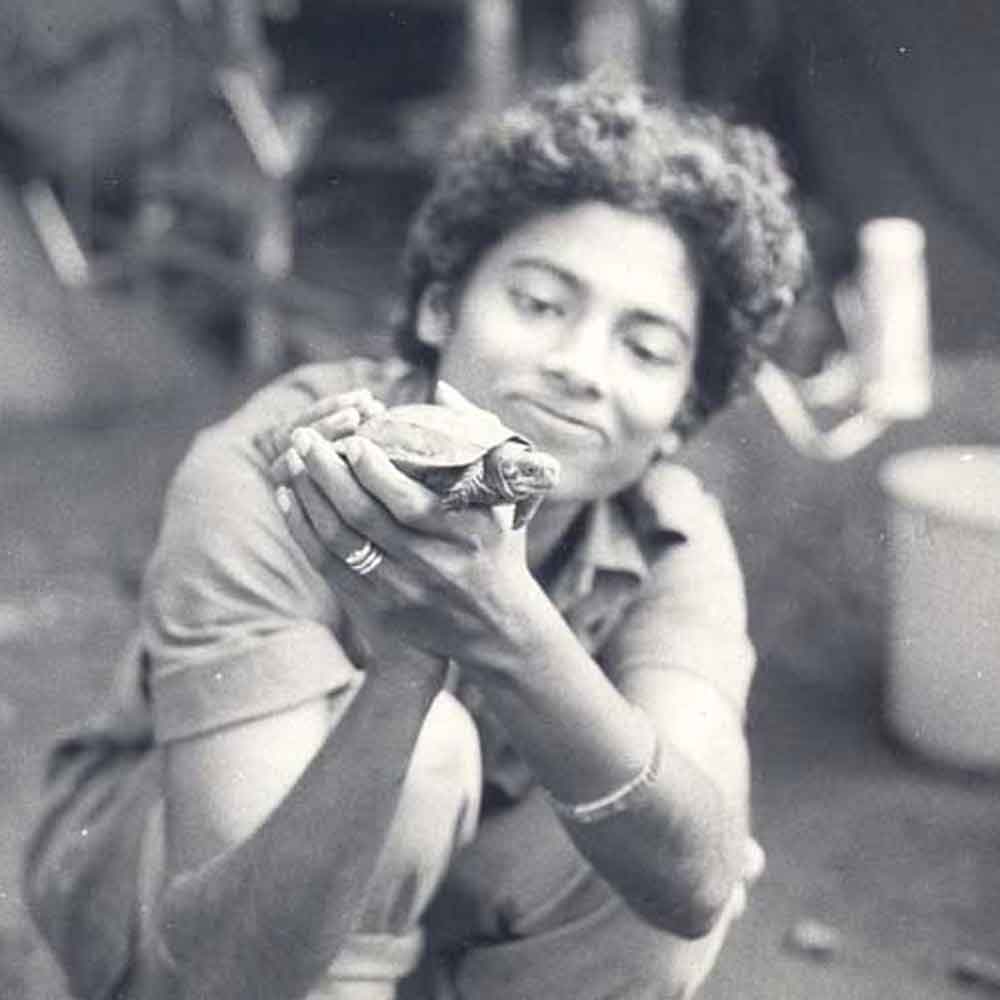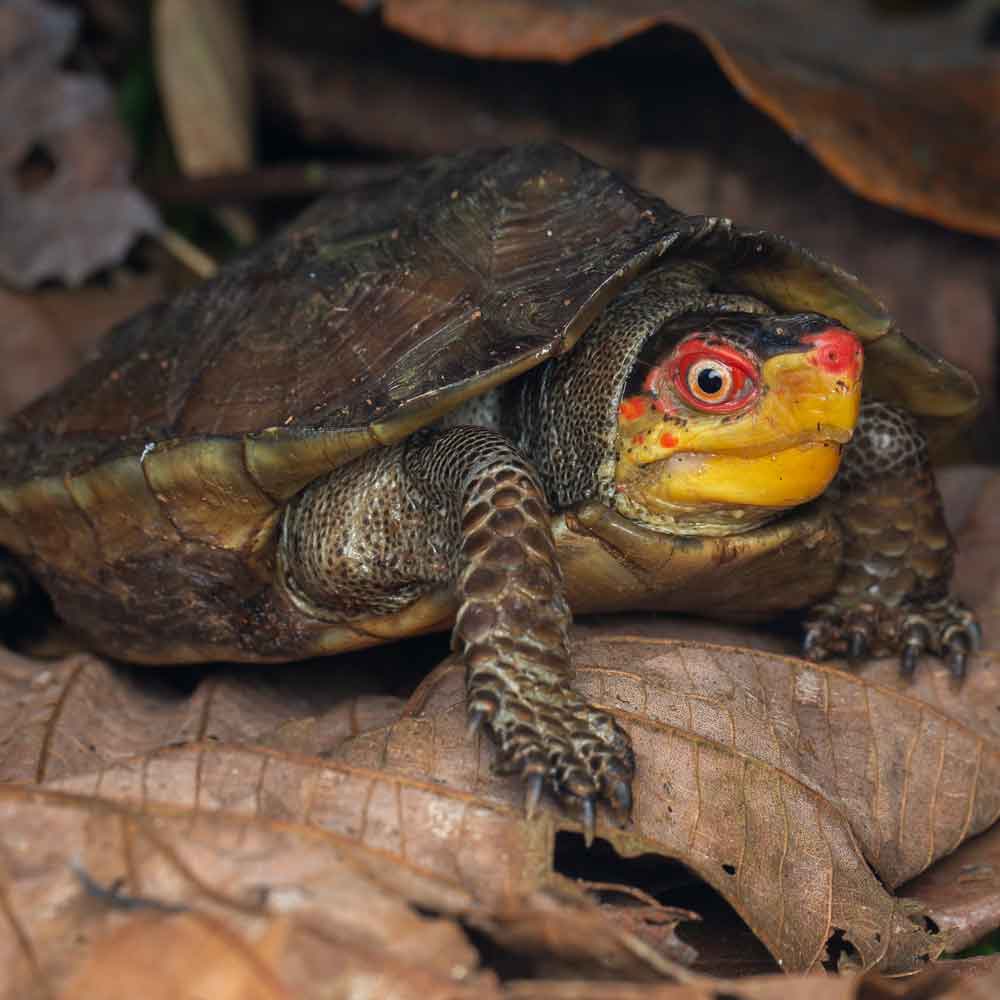At a time when the profession was unheard of in India, Viji, also known as Vijaya, was the country's first woman herpetologist. In late 1975, Viji began volunteering at the Madras Snake Park. She was a first-year student at Chennai's Ethiraj College studying zoology. She helped at the office and library, prevented people from throwing stones at the animals, helped the keepers clean the cages, and filled in for anyone else who needed help. Romulus Whitaker, her manager at the Madras Snake Park, paired Viji with freshwater turtles back when herpetological conservation was still in its infancy and different personnel were being assigned to different creatures.

In August and September 1981, the survey began, and she flew to West Bengal, which is the nation's largest consumer of freshwater turtles. During the winter, when the water was low and the turtles were simple to trap, hook, or grab with bare hands, thousands of Indian softshell turtles (Aspideretes Gangeticus) and narrow-headed softshell turtles (Chitra Indica) arrived for sale. She wrote of the turtle trade from Gorakhpur, Uttar Pradesh; most of the turtles went to Bengal, but some made it to Assam. Turtle exploitation was initially limited to the states that bordered Bengal.
Another lady who then had a significant impact on conservation in India was the Prime Minister Indira Gandhi, who acted right away, and overnight, the exploitation of sea turtles stopped completely. As is customary, Mrs Gandhi also wrote to the Coast Guard requesting that they help save and preserve sea turtles.
The Freshwater Chelonian Specialist Group's primary priority at the time was the forest cane turtle (Heosemys Silvatica). Viji made the decision to travel to Kerala in search of the small turtle, which had been missing for 67 years. Viji had been informed by the Irula tribe that turtle eggs hatch when thunder roars. After a few weeks, it rained for 30 minutes, and the eggs hatched just as planned. Viji exclaimed with excitement that the rain hammering on the tin roof was what caused the absence of thunder.

Viji conducted the first study on turtle movement tracking in Indian woods in addition to releasing turtles with catch marks. Viji's operating budget, including salaries, was approximately ₹900 per month in 1983. The cane turtle she had spent so much time studying was officially given her name in 2006, 19 years later. A number of other herpetologists analysed the DNA of Reiner's now-dead turtles and recently renamed the turtle Vijayachelys Silvatica in her honour. Since it is a monotypic genus, no other turtle with the same name as Vijayachelys exists. Similarly, there isn’t anyone else quite like Viji!
Image source: Ecologise, Wikimedia